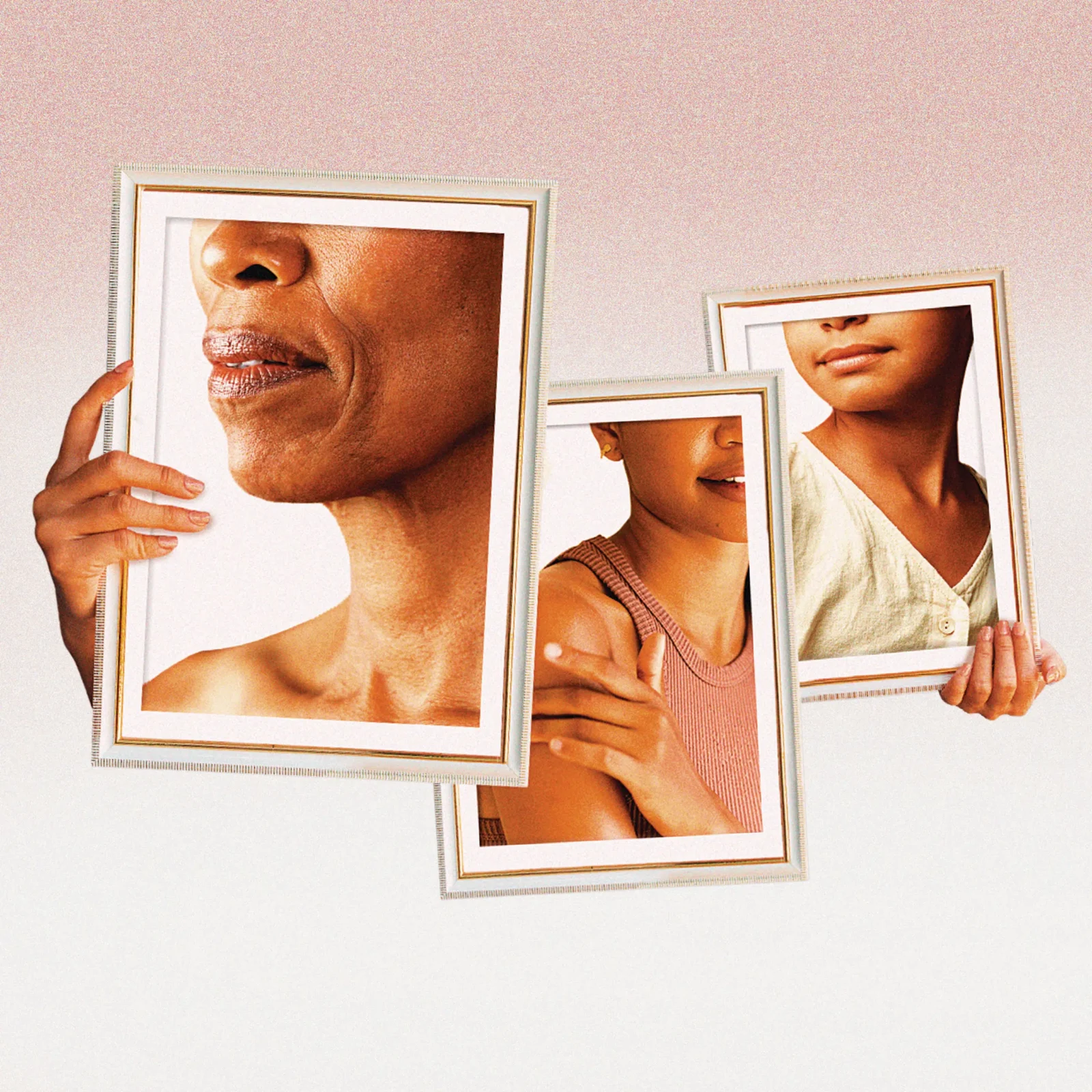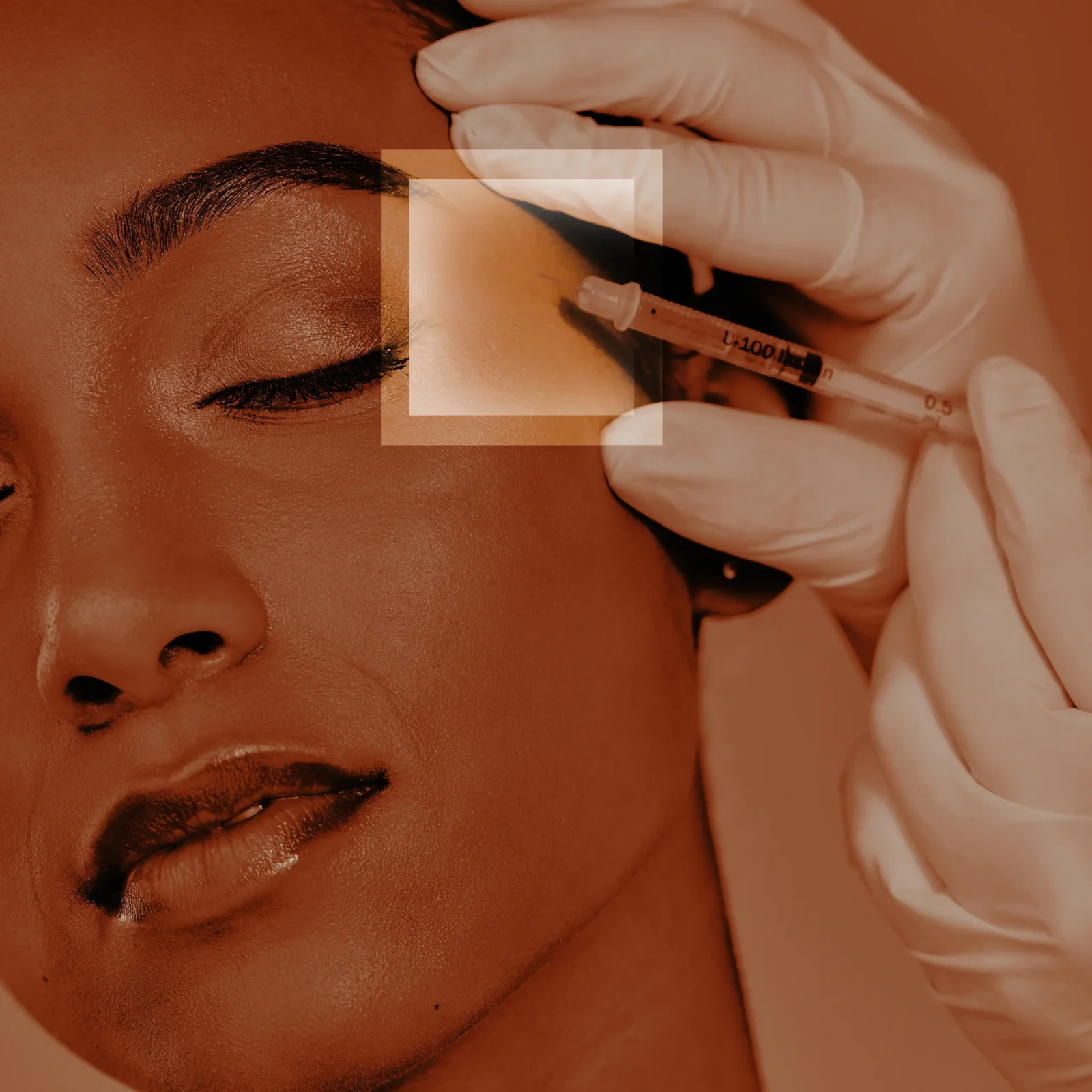Morena Representation in Media: Then vs. Now
How media defined, and redefined, beauty standards for Filipinas.
“Ay, ang itim mo!” I can still hear my well-meaning titas say this with furrowed brows whenever I would return from a beach trip as a kid. Growing up in the ’80s, sunblock was optional, so after two weeks of playing under the sun, I’d look in the mirror and agree with them, seeing a three-dimensional shadow staring back at me.
While I didn’t let these remarks get to me too much—my mom and lola rarely commented on my complexion—my experience wasn’t the same as many other girls. As I grew older, I started noticing the overwhelming presence of fair skin in TV ads, magazines, and billboards. Beauty soaps promised whiter skin in just one week. Teenage facial washes featured glowing, fair-skinned girls winning the boy’s heart. It seemed clear: fair skin was the secret to getting the guy, the job, and the life you wanted.
Fair skin = Beauty and success?
“Fair skin was the gold standard of beauty,” says Bryan Siy, an executive creative director who has worked on several beauty campaigns in his almost 25 years in the industry. “It was always linked to affluence— ‘kutis mayaman’ and ‘kutis artista’—implying that fair skin was synonymous with wealth and status.” This wasn’t just a passing trend; it was deeply rooted in colonial history and colorism. For centuries, the Western world shaped the idea that fairer skin was a sign of superiority.
“I remember my lola telling me that fair skin meant you came from a rich family,” says Nicole Natanauan, a 19-year-old student. “I believed it because the main characters in the Disney movies I grew up with didn’t look like me. They were fair and had features that didn’t match my morena skin.”
As a former fashion editor and stylist, I’ve seen how this bias played out in the industry. Local brands often turned to fair-skinned models, especially foreigners or those with mixed heritage, to create a more “aspirational” image. While there were morena stars in the local movie industry, they were often cast as the underdogs who managed to succeed in life despite their brown skin. If she were the star of the show, she would eventually get a makeover, which would inevitably include the whitening and smoothening of her skin so she could finally be beautiful and happy.
The dawn of the dusky beauty
Things began to shift when the internet became ubiquitous, and when the “woke” generation—the first to grow up with an online connection—started challenging the status quo. Social media questioned traditional beauty standards, sparking conversations about diversity and self-love. Brands that once promoted whitening products were rebranding their lotions and soaps as “brightening” to avoid backlash (although everyone knew they were still the same skin-lightening products).
The shift was cultural and ad campaigns reflected it. “Advertising is a reflection of cultural movements, but advertising can also create trends and pivot conversations,” says Siy. When an ad campaign for a whitening skincare line featured a brown-skinned girl being envious of a fair-skinned one, with the tag line “Your fair advantage,” it caused so much public uproar that political figures and government agencies rallied for it to be taken down.
The beauty industry was confronted with the then-radical idea that all skin tones were beautiful. And for the first time, morena girls had another option: Instead of trying to fit into someone else’s definition of beauty, they could be proud of their natural brown skin.
Morena stars like Kathryn Bernardo and Nadine Lustre were no longer relegated to playing the sidekick or the “ugly duckling”—they became the lead stars in movies and TV shows. Their faces were on billboards and in shampoo commercials, and their names alongside beauty products they endorsed.
“When I was a young girl, up until high school, I wasn’t considered beautiful and was never popular in school,” shares Miriam Quiambao-Roberto, 1999 Miss Universe first runner and one of the few morena beauty queens at that time. “During college, I had a professor who encouraged me to join Binibining Pilipinas but I shrugged it aside… When I finally joined, I set myself to represent morena beauty to the whole world,” she says.
Celebrating diversity
“I’ve personally felt this shift,” says Natanauan. “I now get compliments for my morena skin—something that almost never happened before. It’s empowering to see more people appreciate darker skin tones.”
Today, movies, commercials, and ad campaigns feature a wider range of races, skin tones, and body types. “Our generation doesn’t equate beauty to one specific skin tone,” says my 18-year-old daughter Amara. “It’s about celebrating diversity. Our definition of beauty is so much broader now.”
Globalization and the rise of inclusive beauty brands have also played a huge role in this shift. Makeup lines now cater to a wider range of skin tones, offering everything from foundation to concealer shades that celebrate the beauty of different complexions. Yanee Vasquez, MD, a board-certified dermatologist and medical director of Aesthetic Science Clinic says, “More people now come to me asking for treatments that promote healthy, glowing skin rather than trying to lighten their complexion.”
Beauty without labels
For fashion and morena icon Tweetie de Leon-Gonzalez, this change represents a breakthrough in how we see beauty. “This generation is doing a great job celebrating all colors, shapes, and sizes,” she says. “As parents, we should continue encouraging them to teach future generations the true meaning of beauty—one that’s free from comparison and judgment.”
Dr. Vazquez adds, “The focus on celebrating natural skin tones is helping to eliminate harmful labels like ‘fair’ or ‘morena.’ At the end of the day, beauty is not about rating skin tones. It’s about confidence, grace, and authenticity.”This shift isn’t just about morena skin becoming more accepted—it’s about challenging the very concept of beauty standards altogether. We shouldn’t feel the need to compare and rank skin tones. The real change? A world where beauty is simply beauty, in all its diverse, radiant forms. Ultimately, beauty shouldn’t be something we strive to attain—it’s something we should own.
Latest Stories
You might also like
To provide a customized ad experience, we need to know if you are of legal age in your region.
By making a selection, you agree to our Terms & Conditions.







